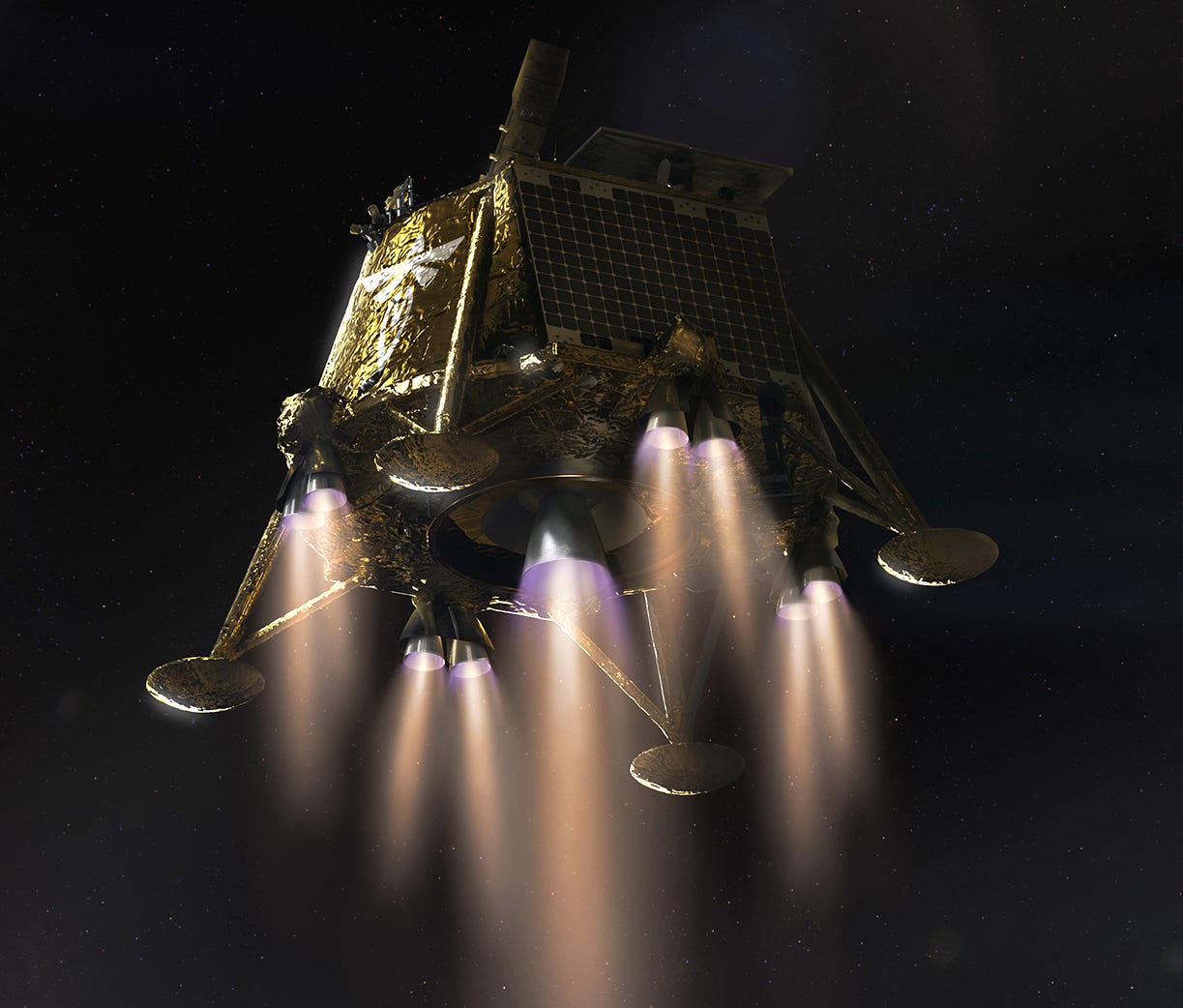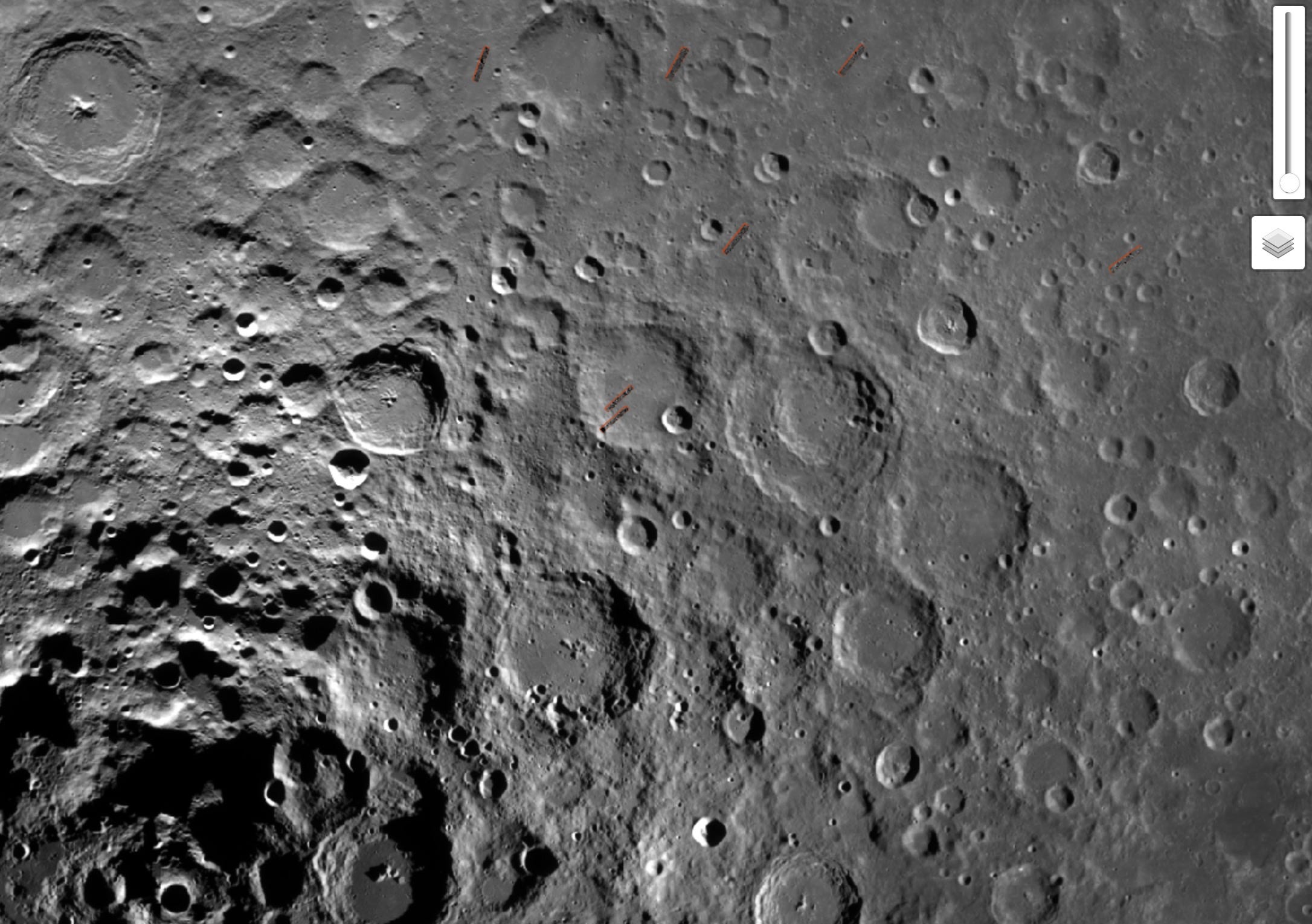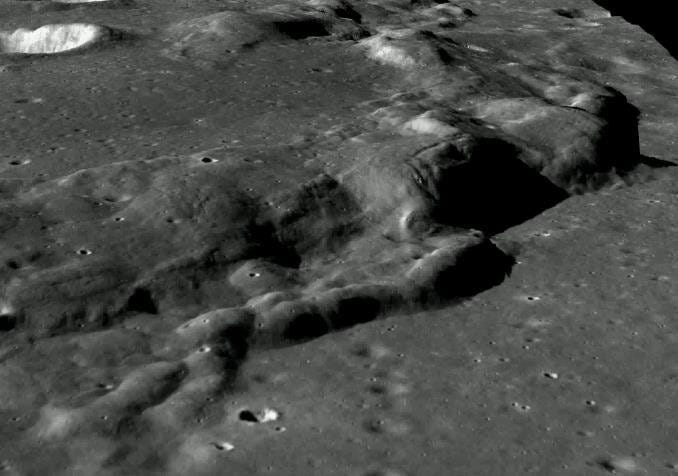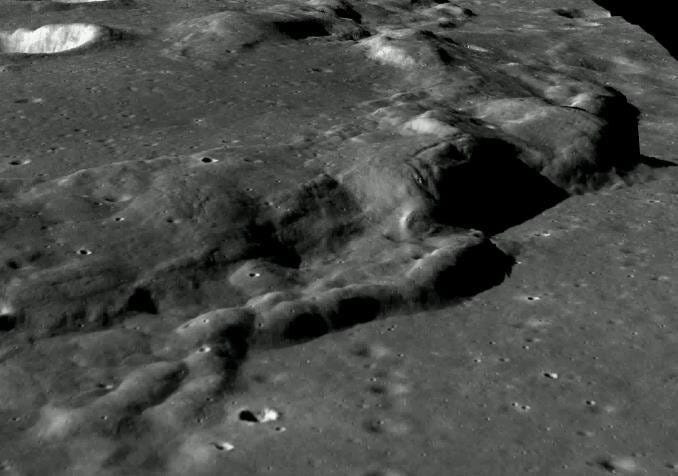Moon Monday Issue #51
UAE to join Israel's bold new Moon mission, Firefly to start building their Moon lander, ISRO's Chandrayaan 2 orbiter creating 3D terrain maps, the SLS rocket to linger for over 30 years, and more.
Highlight
The UAE will collaborate with Israel’s SpaceIL on the latter’s second Moon mission called Beresheet 2. SpaceIL’s first mission in 2019 unfortunately saw the Beresheet spacecraft crash into the Moon. Nevertheless, it went down in history as the first privately funded spacecraft to orbit the Moon, a fact many tend to forget (to mention).
Beresheet 2, planned for launch in 2024, is even larger in scope. It will have an orbiter to study the Moon for several years and two spacecraft to attempt landings, one on the Moon’s nearside and the other on the farside. The latter is a feat only China has accomplished so far with its Chang’e 4 mission. A NASA CLPS mission will attempt a farside landing too in 2024.

Beresheet 2 is expected to cost about $100 million, of which SpaceIL has already raised $70 million. Neither the UAE space agency nor SpaceIL has specified UAE’s role in the mission. However, at the Global Space Exploration Conference (GLEX) in June 2021, UAE’s space agency revealed plans to send another rover to the Moon before 2025. So just like their Rashid Moon rover is hitching a ride to the Moon’s surface on ispace Japan’s maiden landing mission in 2022, it’s likely at least one of SpaceIL’s two landers will carry a UAE-built rover.
Exploration
Poland becomes the thirteenth nation to sign the Artemis Accords, which NASA calls “a practical set of principles to guide cooperation among nations participating in NASA’s 21st century lunar exploration plans.” At the signing ceremony last week, Polish Space Agency President Grzegorz Wrochna noted that while Poland is a member of the European Space Agency, Polish space companies are looking to expand their business outside Europe, particularly with NASA and U.S. companies. This move to sign the Accords should enable and ease that process.
Firefly announced last week that it has successfully completed NASA’s Critical Design Review of its Blue Ghost spacecraft to land on the Moon in 2023 as part of NASA’s CLPS program. With this milestone passed, Firefly can start constructing the 2-meter tall lander, capable of carrying 155 kilograms of payloads to the Moon’s surface. For the mission, the lander will carry ten NASA instruments and technology demonstrations worth $93 million, and some (unspecified) commercial payloads.

Like it or not, the super heavy-lift SLS rocket is here to stay. Apparently for 30 years or more. In a Request for Information released on October 26, NASA says it wants the SLS rocket to keep flying for over three decades as a national capability. NASA is asking the U.S. aerospace industry to take over the rocket’s production and make it a “sustainable and affordable system for moving humans and large cargo payloads to cislunar and deep-space destinations.” Basically, NASA hopes that transitioning the rocket’s ownership to the private industry would cut down its cost by 50% or more, and that NASA can then use those saved funds elsewhere in the Artemis program.
Responses by the industry are due on January 27, 2022. NASA notes that it will use the received responses to inform its logistical plans starting from the Artemis V mission, which is currently targeted for no earlier than 2027. After the rocket’s ownership transfer, NASA will remain the primary customer of SLS but the agency says the industry should also market the rocket to other potential customers.
How anyone taking over the SLS rocket would lower its cost by over 50% is unclear. For one, NASA has never publicly stated the exact cost of one SLS flight. The best current estimate is over $2 billion. Even with the desired 50% price reduction, an SLS flight would still cost roughly $1 billion, and launch once a year at best. In comparison, a SpaceX Starship mission with equivalent or greater launch capacity could fly far more frequently for at least 5-10 times lower cost. One of NASA’s biggest concern with launching astronauts on Starship from Earth seems to be the lack of an emergency escape system, which the Orion spacecraft on top of an SLS has. Now I’m just a space enthusiast but it seems to me that adapting Orion for any other operational or upcoming heavy-lift rocket would save far more money and launch more missions every year. Related read from Casey Handmer: Starship is still not understood.
Airbus, Air Liquide and ispace Europe have jointly launched EURO2MOON, a non-profit European organization dedicated to promoting sustainable use of the Moon’s natural resources such as water ice. EUROMOON is based in Luxembourg, and is open to companies and research organizations in Europe that want to develop technologies or services related to lunar resources. The Luxembourg-ESA co-run European Space Resources Innovation Centre (ESRIC) became the first non-founding member of EURO2MOON, and former ESA Director General Jean Jacques Dordain its first honorary member.
Science
ISRO recently released some more data from their Chandrayaan 2 orbiter, which includes images from the Orbiter High Resolution Camera (OHRC), the sharpest lunar imager sent to date. OHRC can image at a best resolution of 0.25 meters/pixel, twice the best of NASA’s awesome LRO spacecraft. ISRO is using this capability to particularly better map terrain at the Moon’s south pole, a target for future missions by entities globally. Andrea Battisti, an engineer and lunar enthusiast, has processed and put up the Chandrayaan 2 orbiter’s OHRC images on a zoomable map of the Moon’s south pole. There’s also a brightness slider which you can slide all the way up to see reflected light from shadowed craters picked by the sensitive OHRC.

When you zoom into the maps, you will notice that most of the OHRC images overlap each other. This means ISRO is trying to create high-resolution 3D terrain models using OHRC in the same way that LRO does—by flying over an area of interest at different angles in consecutive orbits.

Notably, another imager on Chandrayaan 2, the Terrain Mapping Camera 2 (TMC-2) is already a stereo camera while OHRC is not. So why would ISRO use OHRC to create 3D images? For one, TMC-2 has a best resolution of 5 meters/pixel while OHRC can do up to 10 times better.
ISRO is using TMC-2’s wider field of view to create a global 3D map of the Moon, for which 5 meters/pixel would be the best resolution to date. OHRC can’t create a fully global dataset but its much higher resolution will enable ISRO to identify better landing sites for future Moon missions, including their next landing attempt with Chandrayaan 3 in late 2022. It will also allow scientists to more meticulously study geological structures thanks to richer 3D terrain information. Recently, scientists used TMC-2 data to better map the structure of a 220 kilometers long wrinkled ridge, which helped us better understand the Moon’s faults and its shrinking over time.

Strain/stress evaluation of Dorsa Geikie using Chandrayaan-2 TMC-2 and other data1.04MB ∙ PDF fileDownloadCredit: ISRO (https://www.currentscience.ac.in/Volumes/121/01/0094.pdf)Download

More Moon
After a competitive process, NASA selected National Geographic to help tell the story of Artemis II, the first Artemis flight to carry astronauts around the Moon and back onboard the Orion spacecraft. NASA and National Geographic entered a no-exchange-of-funds agreement to collaborate on compact, lightweight audiovisual hardware that will fly inside Orion to enable a rich narrative of the mission, which National Geographic will distribute to their global audience in various forms.
Dear reader, I’m publishing this one-of-a-kind Moon exploration newsletter for free, with no ads. If you like my comprehensive global coverage of lunar exploration and science, your support will keep it going.
